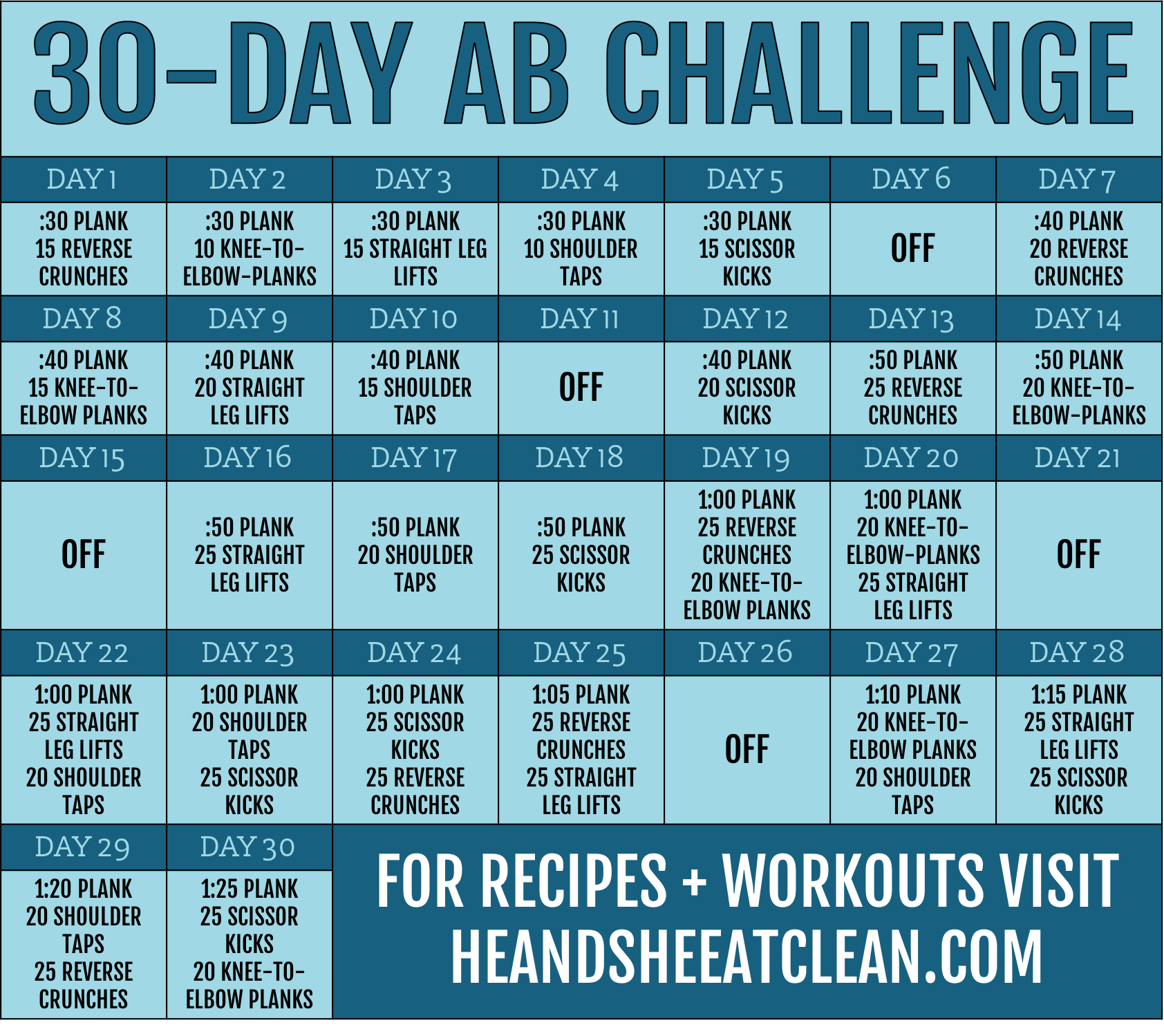Last week I posted a write up about protein powders and why you need protein, how much you need, and the different types of protein powder. I also mentioned what to seek and avoid in a clean protein powder (artificial sweeteners, unnecessary additives, etc.). I've reviewed some of the cleaner protein powders I've tried based on taste and cleanliness and provide the pros and cons of each below.
Disclosure: This post may contain affiliate links. Check our disclosure policy for more details.
Clean Protein Powders...REVIEWED!
TLS Whey Protein Shakes - you can read more about TLS whey protein in this post
- Taste - 10/10 (1 meaning "tastes awful"; 10 meaning "tastes like heaven!")
- Cleanliness - 10/10 (1 meaning artificial sweeteners, additives, colorings, etc; 10 meaning organic ingredients and a highly trustworthy source of ingredients)
- Pros - rBGH/rBST free; 21 grams of protein per serving; available in convenient packets; tastes like a milkshake when mixed with almond or coconut milk; works exceptionally well with baking
- Cons - we love the packets, but we wish this product was also available in a large (2 lbs. or 5 lbs.) container!
- Overall - our first choice for whey protein. In the world of whey protein supplements, if a supplement manufacturer does not disclose that their dairy source is rBGH/rBST free, you can assume the cattle have been exposed to this lab-created hormone (learn more about rBGH/rBST here). For the perfect 30-second meal replacement, try mixing it with coconut milk and a tablespoon of almond butter for a very healthy and satisfying meal.
- Where to Find It - Shop.com {if you are interested in ordering this product email us at thegang@heandsheeatclean.com and we can also send you a free Shake & Bake Recipe eBook!}
Optimum Nutrition - Gold Standard Natural - 100% Whey (Chocolate)
- Taste - 7/10
- Cleanliness - 5/10
- Pros - uses whey isolate as primary protein source; does not have any artificial sweeteners; contains digestive enzymes for better absorption; uses only a few ingredients
- Cons - does not disclose whether or not milk protein source has been injected with hormones or antibiotics; contains soy (lecithin) which is used as an emulsifier; lists natural flavor as an ingredient - when listed, natural flavor can be a number of things, so I prefer to limit products using these ingredients when possible
- Overall - certainly one of the better and more prevalent natural whey products on the market... if this is all you can find, great, but not my first choice.
- Where to Find It - Amazon.com
Optimum Nutrition - Gold Standard Natural - 100% Casein (Chocolate Creme)
- Taste - 9/10
- Cleanliness - 5/10
- Pros - uses only a few ingredients; does not have any artificial sweeteners; chocolate tastes like brownie batter; over 9g of BCAAs
- Cons - does not disclose whether or not milk protein source has been injected with hormones or antibiotics; contains soy (lecithin) which is used as an emulsifier; lists natural flavor as an ingredient; somewhat high in carbs (7g per 37g serving); carbs are derived from honey powder and evaporated cane juice (natural, but not the most ideal); this one's nit-picky, but 210mg sodium per serving
- Overall - probably the most prevalent product choice for a natural flavored casein protein. Tastes very good. Compared to the artificial ingredient-loaded casein proteins on the market, this is a very good choice.
Where to Find It - Amazon.com
SDC Nutrition - About Time - Whey Protein Isolate (Birthday Cake Batter)
- Taste - 8/10
- Cleanliness - 7/10
- Pros - uses only a few ingredients; does not have any artificial sweeteners; high in BCAAs; whey protein isolate = faster and better absorption; all natural protein and they seek milk protein from cattle not injected with hormones or antibiotics; heavy metal tests results are extremely low and they actually put the results on their site!; great product disclosure and very trustworthy
- Cons - the only reason this did not get a 10 is because it is not organic and they also use soy lecithin, which likely isn't organic either; a little more expensive than the other brands, but worth the cost
- Overall - great taste, very trustworthy, plenty of flavors, but I've only tried the birthday cake batter. We wish it didn't have soy!
- Where to Find It - Amazon.com
Only Protein - Only Protein (Chocolate)
- Taste - 8/10
- Cleanliness - 9/10
- Pros - protein is derived from grass-fed cattle from New Zealand (that just sounds clean, doesn't it?); hormone free and antibiotic free; uses only a few ingredients; does not have any artificial sweeteners; protein blend for continued release of amino acids into bloodstream; great taste; if you buy the sticks, they are very convenient
- Cons - carbs could be a little lower than 4g, but that's not a deal-breaker. Other than that you need to be careful not to use too much water...I would start with 4-6 oz; wish they had more flavors, but then it probably wouldn't be as clean!
- Overall - tough to find and pretty expensive.
- Where to Find It - Amazon.com
Needless to say, there are plenty of good, clean protein powders on the market for you to choose from and this is just a sample of the products I've tried - there are plenty of other natural protein powders to choose from, but the main ingredients you want to avoid are the artificial sweeteners (Acesulfame Potassium or Ace K, Sucralose, and definitely aspartame), additives (natural/artificial flavors) and food colorings. As I said in my previous post, it would be ideal to get all of your protein from whole food sources, but with our busy lifestyles and hectic schedules, protein powder is a necessity for active individuals.
Keep it clean!
- Scott





![#ProgressIsPerfection [3 Simple Ideas to Reach Your Goals]](https://images.squarespace-cdn.com/content/v1/555c964fe4b07d15252a8927/1520969172984-7HDOHI6ZRM0PCZCZ7O67/progress-is-perfection-silk-he-and-she-eat-clean2.jpg)




























